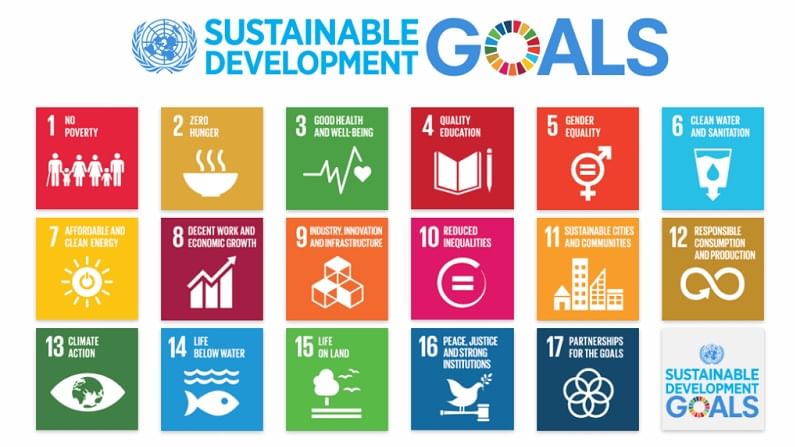Localisation of SDGs imperative to achieve 2030 agenda: India at United Nations
The SDG localisation process is not limited only to government interventions, but also includes civil society organisations

Stressing on the need for localisation of Sustainable Development Goals (SDGs) to achieve the 2030 SDG agenda, India has said that there is no “one size fits all” approach but countries can certainly share experience and learn from each other. Speaking at the high-level political forum (HLPF) on “How can localisation of SDGs contribute to Leaving no one behind?”, India’s permanent representative to the United Nations ambassador T.S. Tirumurti said that due to the localisation efforts, the path to implement the 2030 agenda will be relatively smooth even in the face of the Covid-19 pandemic.
“For the 2030 agenda to succeed in big countries like India with a population of 1.3 billion, SDG localisation is an imperative,” he said. Tirumurti said that breaking down goals and implementation to sub-national and local levels is the only way to succeed in achieving SDG targets.
Institutional structures at the state and local levels, such as nodal SDG department, dedicated SDG teams, and district-level structures, help dissolve a silo-based functioning. After the fiscal decentralisation, the government took forward in 2015-16 the implementation of local development plans by local government integrating SDGs into them, he said.
SDG India Index
The ‘SDG India Index’, spearheaded by NITI Aayog since 2018, plays a pivotal role in SDG localisation by measuring performance by using the globally-accepted methodology and ranking them accordingly. It is being brought out annually since 2018. The 2021 edition of the Index covers all 17 Goals, 70 targets, and 115 indicators. The Index offers valuable insights to policymakers on the remaining distance to travel, gaps, and data and statistical challenges. The utility of the Index extends beyond progress monitoring – it has implemented cooperative and competitive federalism in the true spirit of democracy and good governance, he said. Tirumurti said that India’s second VNR (voluntary national review) entitled, “Decade of Action: Taking SDGs from Global to Local”, at the 2020 HLPF, adopted a “whole of-society” approach.
He said that the SDG localisation process is not limited only to government interventions, but also includes civil society organisations. “In spite of the pandemic, we have seen remarkable progress in some crucial goals, for example in Goal 3 (Good Health and Well-Being), Goal 6 (Clean Water and Sanitation), Goal 7 (Affordable and Clean Energy), Goal 11 (Sustainable Cities and Communities) and Goal 12 (Responsible Consumption and Production),” he said.